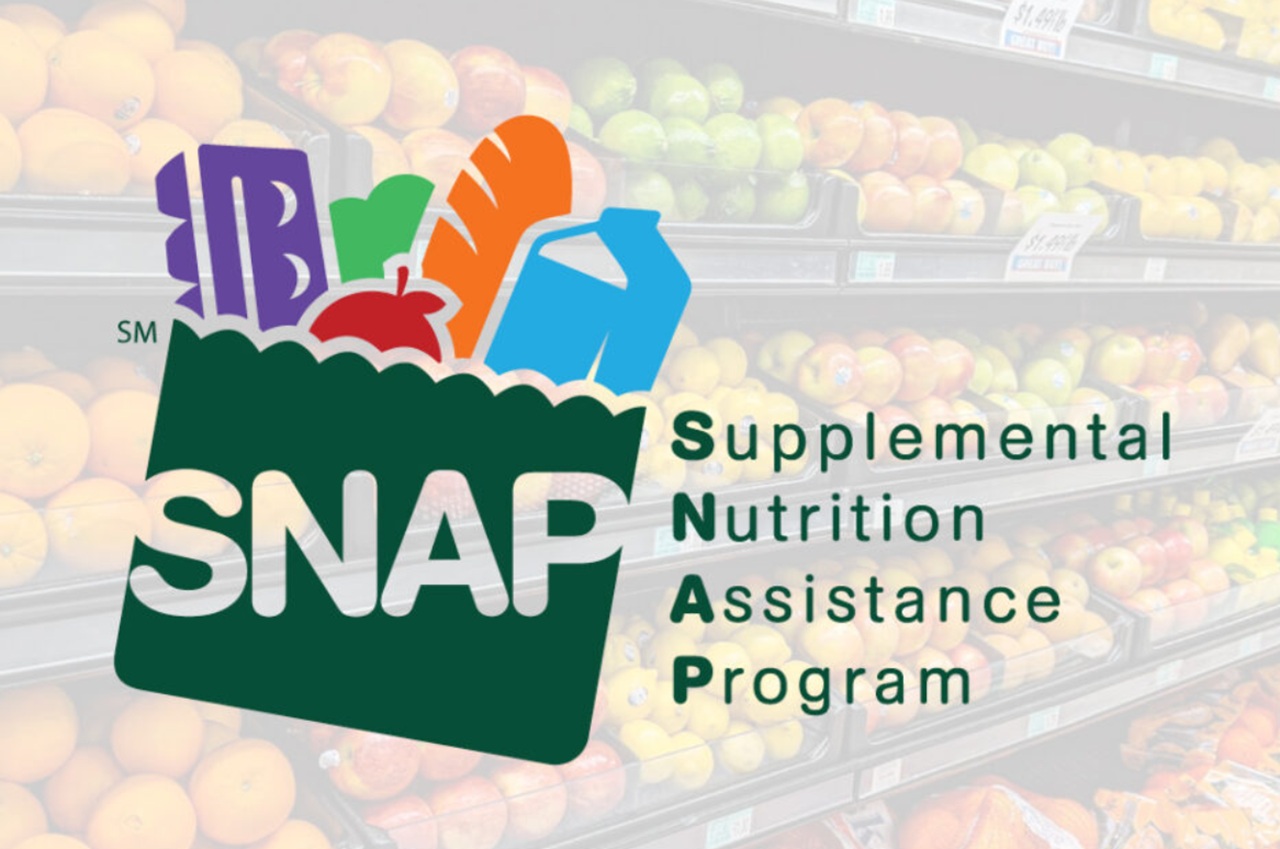Millions of Americans who rely on the Supplemental Nutrition Assistance Program (SNAP) may soon face a halt in their food benefits as the federal government shutdown continues. The U.S. Department of Agriculture (USDA) confirmed that without congressional action, November SNAP payments will not be issued. This could impact nearly 42 million individuals—about one in eight Americans—starting November 1.
What Is SNAP and Who Relies on It
SNAP, formerly the Food Stamps Program, is a federal initiative providing monthly food assistance to low-income individuals and families. Established in 1964 under President Lyndon B. Johnson, it remains one of the nation’s key nutrition safety nets. According to USDA data, over 22 million U.S. households currently receive benefits.
Eligibility depends on income, household size, and assets. Families must generally earn below 130% of the federal poverty line. States like California, Texas, New York, and Florida have the highest number of beneficiaries, while Washington D.C., Oregon, and New Mexico show the highest participation rates relative to population.
Children under 18 make up about 39% of participants, seniors about 14%, and people with disabilities about 8%, underscoring that the freeze will hit vulnerable groups hardest.
Why USDA Warns of a Halt in Benefits
The ongoing government shutdown, which began on October 1, has stopped new funding approvals. SNAP benefits rely on congressional appropriations distributed through the USDA to state agencies. In a memo this week, the USDA stated the “well has run dry,” meaning no contingency funds remain for November. Without swift action from Congress, states cannot process payments starting November 1.
During fiscal year 2024, SNAP represented nearly $100 billion in federal spending—less than 2% of the total budget. The suspension highlights how dependent millions are on consistent government funding for daily food access.
Economic and Social Impact
Analysts warn that food insecurity could surge nationwide if payments stop. The Center on Budget and Policy Priorities reports that missing even one month of SNAP support—an average of $351 per household—could push many families into crisis. Grocery retailers and local supermarkets that process SNAP transactions may also see reduced sales and cash flow.
Experts caution that hunger rates could “spike within days” if the funding lapse continues, particularly affecting children, seniors, and people with disabilities.
Congress Faces Urgent Deadline
Unless Congress passes emergency funding before November 1, SNAP allotments will pause nationwide. Lawmakers are under mounting pressure to approve a stopgap measure that restores USDA funding. For now, recipients are urged to plan for potential delays and monitor updates through official state SNAP portals.
The USDA reiterated that the program is not being permanently canceled, only temporarily halted due to the funding gap.














